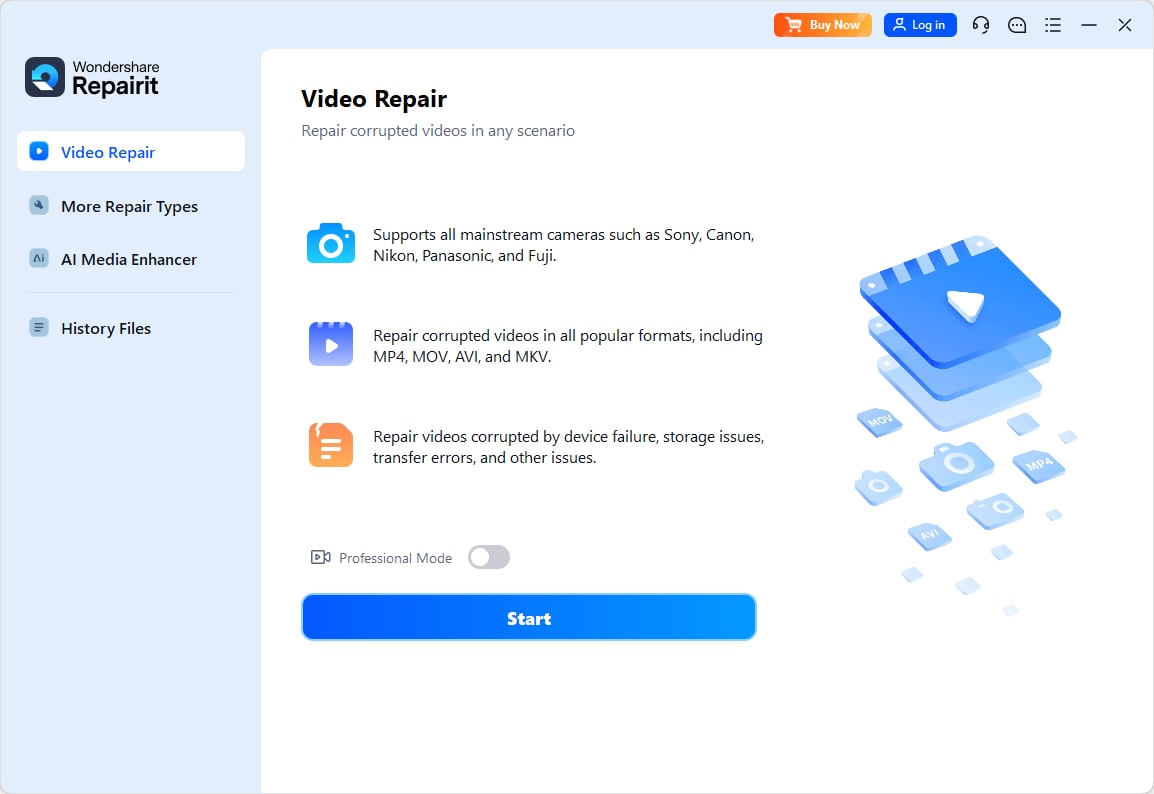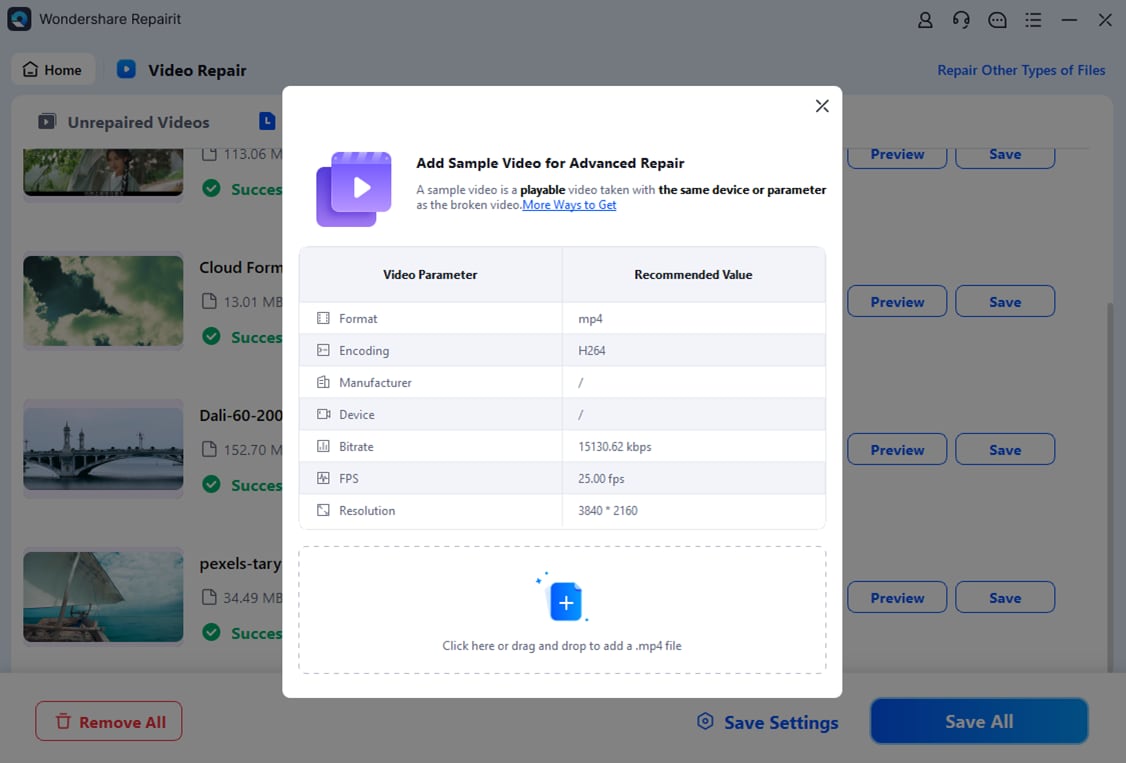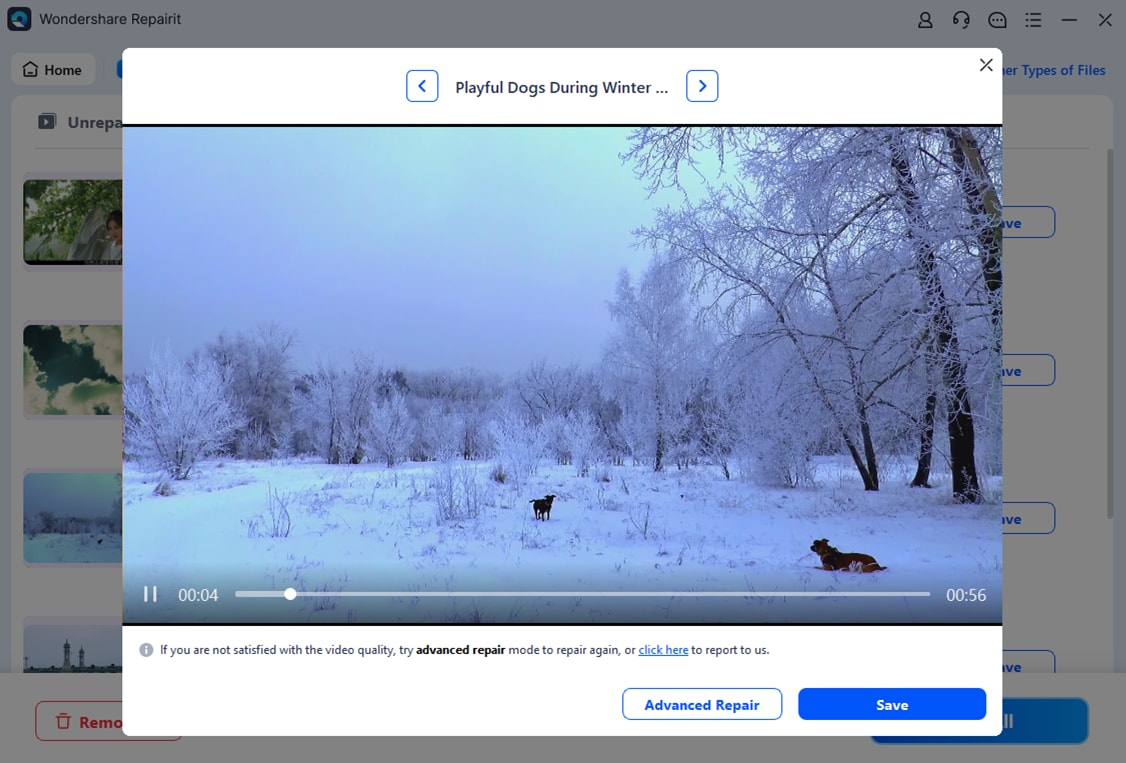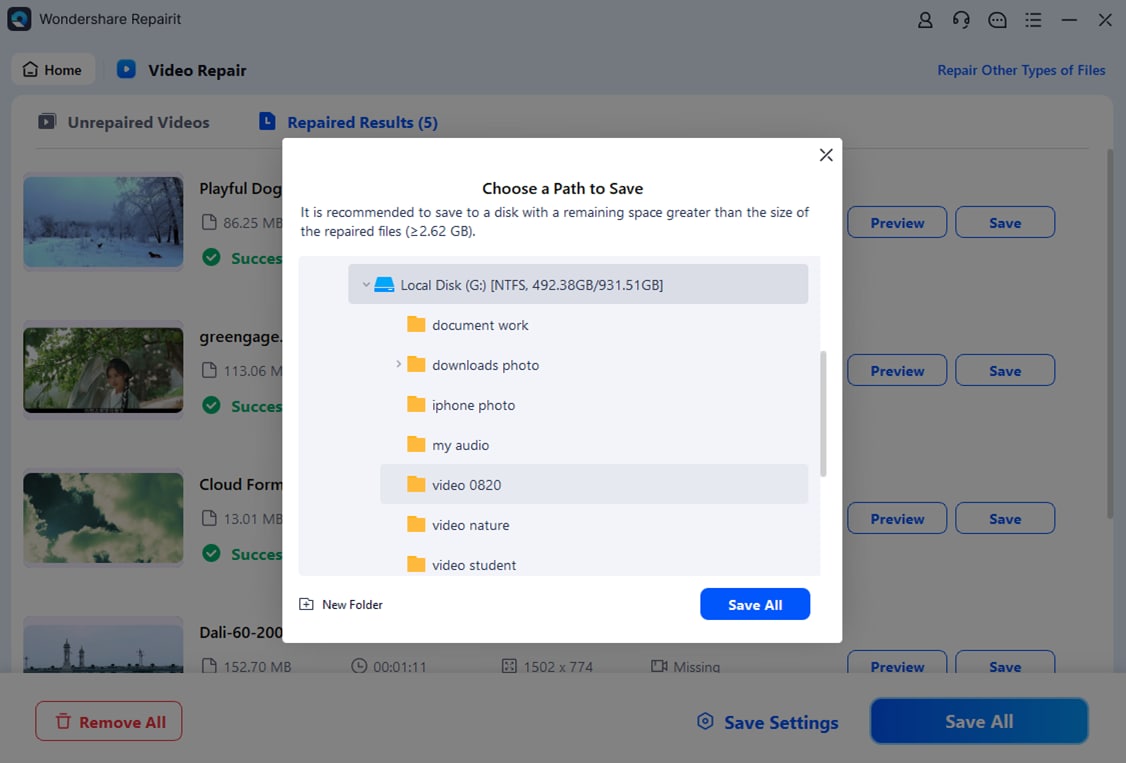DaVinci Resolve is a well-known video editing tool, but working with H.265 (HEVC) videos can sometimes be frustrating. Many users, like the one above, experience issues such as black screens, missing video, or choppy playback, even after installing the necessary codecs. Understanding how to handle DaVinci Resolve H.265 will help you fix the issue. In this guide, we'll explore common H.265 issues, their causes, and the best solutions for you.
In this article
Part 1. What is DaVinci Resolve H.265/HEVC?

H.265, also known as High-Efficiency Video Coding (HEVC), is a video compression standard that provides better quality at lower file sizes. It is used for recording high-resolution videos, such as 4K and 8K. Many modern cameras, drones, and smartphones record in H.265 to save storage space. However, due to its complex compression, H.265 files require powerful hardware and proper software.
Part 2. H.265 Support in DaVinci Resolve
DaVinci Resolve offers varying levels of H.265 support depending on the version and hardware. Here’s what you need to know:
- Free vs. Studio Version. The free version of DaVinci Resolve has limited support for H.265 files, often allowing only decoding (playback) rather than full editing and exporting. The Studio version provides full GPU acceleration and better HEVC handling.
- Operating System Differences. On Windows, native support for H.265 requires the HEVC Video Extensions from the Microsoft Store. On macOS, HEVC is supported natively, but performance may vary based on hardware.
- Hardware Acceleration. DaVinci Resolve can use GPU acceleration for smoother H.265 playback and editing. But this depends on whether your graphics card supports HEVC decoding and encoding. NVIDIA, AMD, and Apple Silicon chips generally offer better performance.
- Bit Depth and Encoding Type. DaVinci Resolve handles 8-bit HEVC better than 10-bit HEVC. This may require Studio version support or additional processing power. Also, H.265 4:2:2 chroma subsampling is more demanding and often problematic for real-time editing.
Part 3. Common Reasons for HEVC DaVinci Resolve Video Issues
Working with H.265 (HEVC) videos in DaVinci Resolve can sometimes lead to issues like black screens, choppy playback, or "media offline" errors. These problems occur due to several factors related to codec compatibility, system performance, and software limitations. Below are the most common reasons why HEVC videos may not work properly in DaVinci Resolve:
Lack of HEVC Codec Support
- On Windows, DaVinci Resolve requires the HEVC Video Extensions from the Microsoft Store to decode H.265 files.
- Without this codec, HEVC videos may appear as black screens or "media offline" errors.
- macOS natively supports H.265, but performance depends on hardware compatibility.
Unsupported HEVC Encoding Format
- Not all H.265 files are the same—10-bit HEVC 4:2:2 is often problematic in DaVinci Resolve, especially in the free version.
- Some cameras record in variable frame rates (VFR), which can cause desync issues or playback errors in DaVinci Resolve.
- HDR H.265 footage may not display correctly without proper color management settings.
Hardware Limitations
- H.265 is more processor-intensive than H.264, requiring a powerful CPU and GPU for smooth playback and editing.
- Older computers or GPUs without hardware-accelerated HEVC decoding may struggle with performance.
- High-bitrate 4K and 8K H.265 files demand more RAM and VRAM, which can lead to lag or crashes.
GPU Acceleration Not Enabled
DaVinci Resolve relies on GPU acceleration for efficient HEVC decoding.
- If GPU decoding is disabled or the graphics card lacks HEVC hardware acceleration, playback may be slow.
- NVIDIA (NVENC), AMD, and Apple Silicon chips provide better H.265 support compared to software-only decoding.
Corrupted or Incompatible H.265 Files
- Some HEVC files may have missing metadata, incorrect headers, or corruption.
- DaVinci Resolve may not recognize videos recorded with unusual settings or incomplete downloads.
- Converting the H.265 file to a different format (e.g., DNxHR, ProRes, or H.264) can sometimes fix these issues.
Part 4. How to Fix H.265 DaVinci Resolve Videos Using Repairit Video Repair?
If the DaVinci Resolve H.265 shows black screens, stuttering, or failing to import — there’s a chance they are corrupted or have incompatible metadata. In this kind of situation, Repairit Video Repair provides a reliable solution to fix DaVinci Resolve H.265 issues.
Why Use Repairit for Fixing H.265 DaVinci Resolve Videos?
- Fixes Corrupted HEVC Files. Resolves black screen, no sound, stuttering, and other playback issues.
- Ensures High Compatibility. The repaired H.265 video is fully recognized by DaVinci Resolve, which is suitable for editing, color grading, special effects and rendering.
- Works with Various Camera and Device Footage. Supports H.265 videos from GoPro, DJI drones, iPhones, and professional cameras.
How to use Repairit Video Repair?
Step 1. To add a broken H.265 video to the repair list, click the +Add button in the Video Repair section.

Step 2. Once the H.265 video has been uploaded, click the Repair option to begin the restoration process.


Step 3. If you are happy with how the repaired files look, click store and select a location to store them. However, do not return them to the scene of their injury.

Fix H.265 DaVinci Resolve Videos Using Repairit Video Repair

Part 5. Tips for Working with DaVinci Resolve H.265
Editing H.265 (HEVC) videos in DaVinci Resolve requires proper system configuration, codec support, and workflow optimization. Below are essential tips to ensure smooth editing and avoid compatibility issues.
Ensure Your System Meets the Minimum Requirements
To work smoothly with H.265 videos in DaVinci Resolve, your computer should meet the following minimum requirements:
For macOS:
- macOS 11 Big Sur or newer
- At least 8GB RAM (16GB recommended for heavy editing)
- Apple M1 chip (or Intel Core i7 for older Macs)
- A built-in or dedicated GPU with at least 2GB VRAM, supporting Metal or OpenCL 1.2
- A fast SSD for storage
For Windows:
- Windows 10 or newer
- At least 16GB RAM (32GB recommended for demanding projects)
- Intel Core i7 or AMD Ryzen 7 processor
- A built-in or dedicated GPU with at least 2GB VRAM, supporting OpenCL 1.2 or CUDA 11
- Latest Blackmagic Design Desktop Video driver (10.4.1 or later)
- A fast SSD for better performance
For Linux:
CentOS 7.3
- 32GB RAM for smooth performance
- Intel Core i7 or AMD Ryzen 7 processor
- A dedicated GPU with at least 2GB VRAM, supporting OpenCL 1.2 or CUDA 11
- Latest Blackmagic Design Desktop Video driver (10.4.1 or later)
- A fast SSD for quick data access2. Install the Necessary HEVC Codec
- Windows users must install the HEVC Video Extensions from the Microsoft Store for H.265 playback.
- macOS has native HEVC support, but system updates may affect compatibility.
- If H.265 videos show as "media offline" or a black screen, reinstalling the codec may help.
Convert H.265 Videos to a Less Compressed Format
- If playback is slow or glitchy, transcode H.265 files to DNxHR (Windows) or ProRes (Mac) for smoother editing.
- Use tools like HandBrake, FFmpeg, or DaVinci Resolve’s built-in Media Management to convert files.
- Converting to H.264 may also work, but it offers less flexibility for color grading and effects.
Install the Necessary HEVC Codec
- Windows users must install the HEVC Video Extensions from the Microsoft Store for H.265 playback.
- macOS has native HEVC support, but system updates may affect compatibility.
- If H.265 videos show as "media offline" or a black screen, reinstalling the codec may help.
Conclusion
Video editing should be an enjoyable process, not a frustrating one. If you’re struggling with DaVinci Resolve H.265, don’t get discouraged. Take a step back, check your system settings, and try different solutions like what is stated in this article. Experiment with conversions, tweak your software settings, and, most importantly — keep creating. Every challenge you overcome makes you a better editor. Keep pushing forward, and happy editing!
FAQ
Why does my H.265 video show as a black screen in DaVinci Resolve?
This can happen if you don’t have the proper HEVC codec installed or if your hardware doesn’t support H.265 decoding. Try updating your GPU drivers and installing the HEVC Video Extensions from the Microsoft Store (Windows users)Does DaVinci Resolve Free support H.265?
The free version has limited support for H.265. It can decode some HEVC files but lacks full editing and exporting capabilities. The Studio version offers better HEVC handling with GPU acceleration.What is the best format to convert H.265 videos for DaVinci Resolve?
For better performance, convert H.265 to DNxHR (Windows) or ProRes (Mac) using a tool like HandBrake or FFmpeg.


 ChatGPT
ChatGPT
 Perplexity
Perplexity
 Google AI Mode
Google AI Mode
 Grok
Grok
